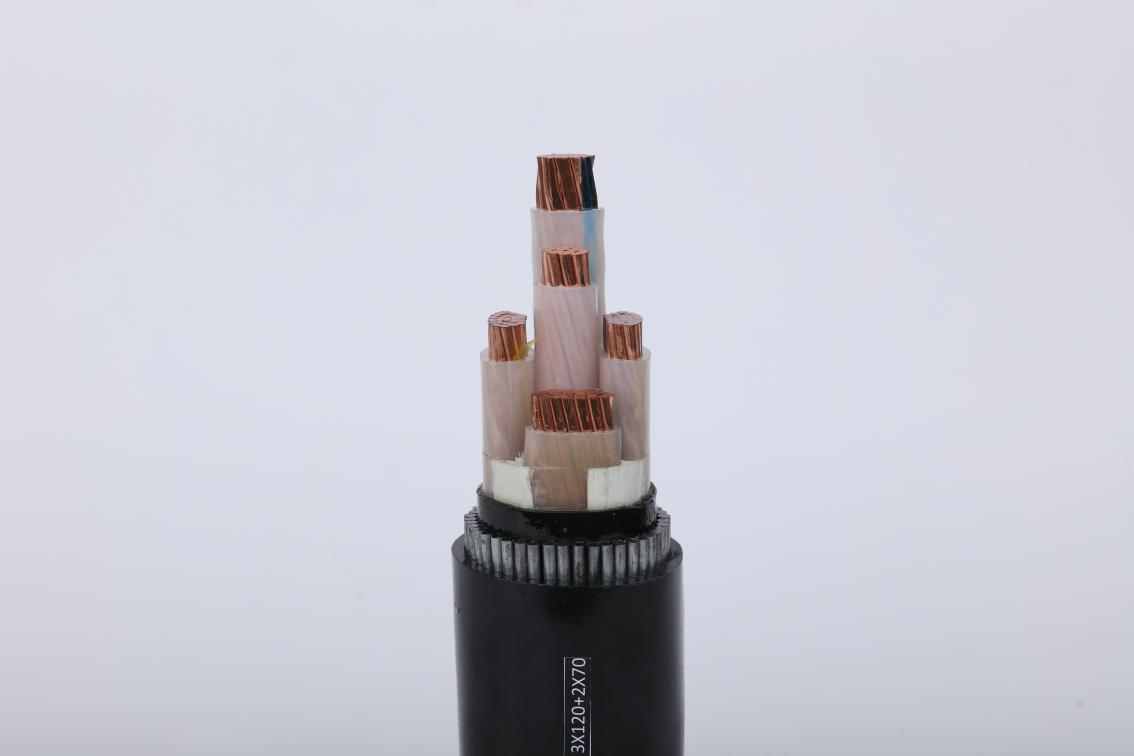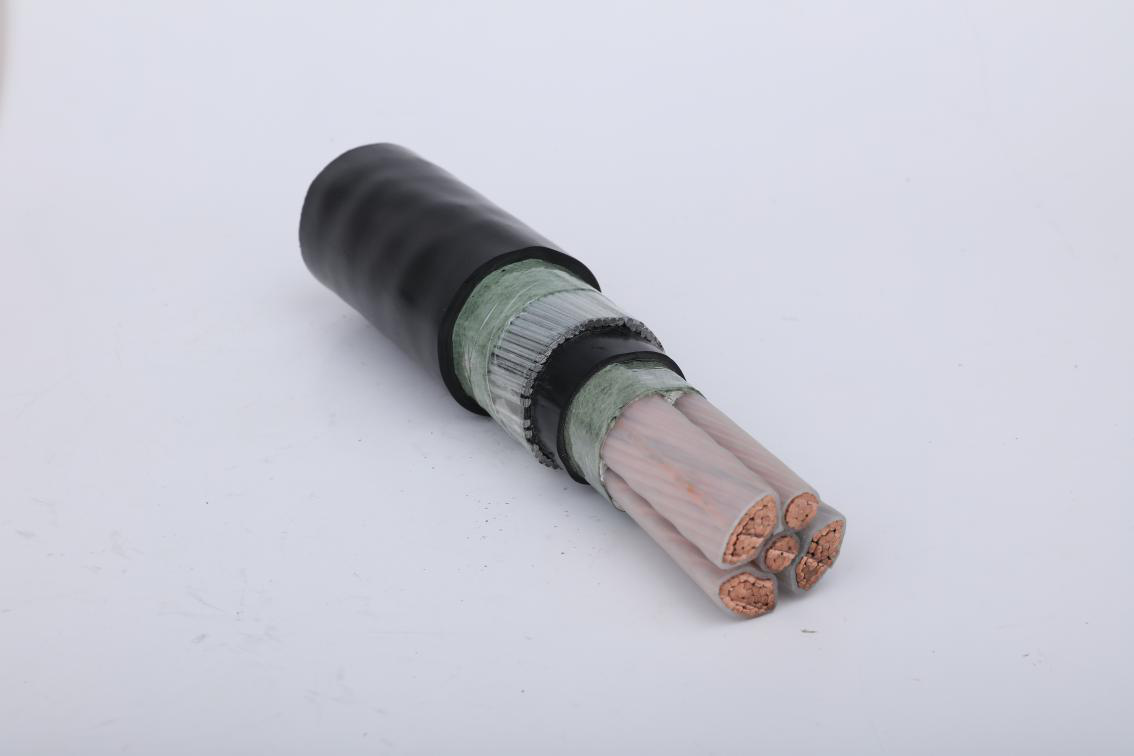Breakdown refers to the damage of the insulation layer of the cable due to external force damage (extrusion, lightning strike, etc.), the deterioration of the insulation material, etc., the original insulation performance is destroyed, the original insulation performance is lost, and the core wire to the core wire of the running cable occurs.
Between the core wire and the cable outer sheath and discharges to the ground, causing a short circuit to the ground.
There are several reasons for the insulation breakdown of wire and cable:
Due to heavy objects, the excavator accidentally injured the cable.
When the cable was bent, the cable was bent too much to injure the insulation.
The cable was severely squeezed during shipment and the insulation and protective layer were damaged.
The bottom layer of the buried cable was too strong. Both cause damage to the insulation and even break the cable.
To avoid mechanical damage to the cable, an overhead cable can be used. If the cable is laid along the wall, the ground should be clearly marked, and the soil should be taken near the cable line in time.
Due to poor construction methods and poor quality of materials used, the cable head and the weak link in the middle are broken, resulting in the breakdown of the insulation.
To prevent this phenomenon, the installation quality of the cable head should be improved.
During the manufacture and installation of the cable head, the insulation bag should be tight and no gap should be present.
Before the epoxy resin and quartz powder, strict drying should be carried out to prevent bubbles and moisture from entering the cable head and to strengthen the insulation treatment of the edge of the lead sheath.

Due to the poor construction process of the cable head, moisture is intruded into the interior of the cable, or the inner protective layer of the cable is broken to allow moisture to enter.
The lead-clad cable is laid near the source and is fatigue-cracked due to long-term vibration.
The cable sheath is corroded to create voids.
Due to poor manufacturing quality, there are small holes or cracks in the lead pack.
In these cases, the maintenance of the outer layer of the cable should be strengthened, and a layer of asphalt should be applied to the outer sheath regularly.
The insulation layer is broken down due to atmospheric overvoltage or internal overvoltage, especially if the internal overvoltage of the system causes multiple cables to be broken at the same time.
In this regard, lightning arresters should be installed to improve the technical level of automatic system protection.
In the long-term operation of the cable, the electrical and mechanical properties of the insulating material are deteriorated due to poor heat dissipation or overload, and the insulating layer becomes brittle or broken.
If this is the case, the cable should be tested for preventive withstand voltage on a periodic basis.
It is found that the cable insulation reduction cannot meet the requirements for safe operation, and a new cable should be replaced.
